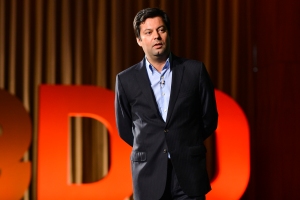Following numerous indicators within the telecoms sector that criminals could exploit the industry to carry out tax fraud, HM Revenue & Customs (HMRC) recently switched the responsibility for collecting VAT from the suppliers of wholesale telecoms services to their customers, in an attempt to remove the opportunity for fraudsters to embezzle the tax paid.
This development will impact a wide range of businesses that buy or sell wholesale telecommunications services in the UK, including airtime carriers, network operators, message hubbing providers, Short Messaging Service (SMS) and voice aggregators, says Carlos Marques, head of product marketing at WeDo Technologies.
The challenge for businesses now is in using the news as an opportunity to extend automated auditing controls specifically designed for Fraud Management (FM), Revenue Assurance (RA) and compliance issues, in order to effectively monitor risk management and combat fraud.
With compliance and risk management requirements affecting an increasing number of business processes within the telecom industry, many specialised Revenue Assurance and Fraud Management processes can be extended to new areas such as the Revenue and Customs Brief 1 (2016): VAT- domestic reverse charge for businesses wholesaling telecommunication services, which is now being designed solely to meet telecom industry specific requirements and challenges.
Yet as various compliance initiatives become further intertwined from regulatory and organisational perspectives, the attentive use of manual or departmental tools for compliance can lead to inefficiency within the overall process. Such situations do not provide clear visibility into an organisations’ risk and compliance status, and can also escalate the cost.
As operators continue to face these highly-sophisticated and complex VAT threats, combined with various compliance initiatives, we believe the answer lies in an integrated approach that includes the successful tracking and application of data. By providing automated auditing software controls, earlier access to information and reducing complexity, operators will be able to mitigate business risks that may lead to revenue leakages or fraud losses through an automated control and continuous monitoring approach.
Using this approach, operators will be able to capture and analyse data across multiple systems, extend tax auditing requirements and identify and act upon areas that are prone to, or have the potential to incur losses, ultimately protecting the bottom line.
The author of this blog is Carlos Marques, head of product marketing, WeDo Technologies.
Comment on this article below or via Twitter: @ VanillaPlus OR @jcvplus






